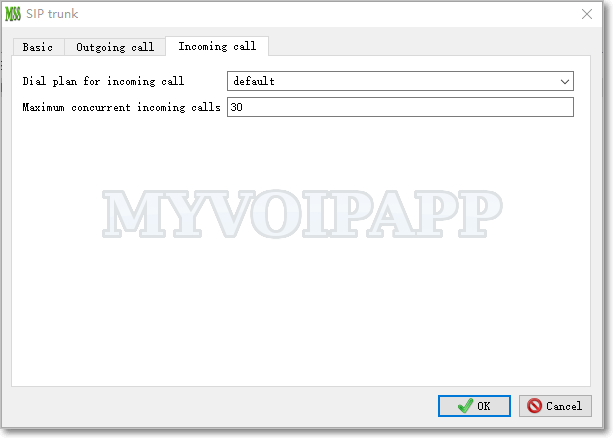

In SIP protocol two types of elements are defined: endpoints or User Agents, which are the terminals from which connections originate or to which they and, and SIP servers, which are the network elements through which the transit. The two protocols work as a couple: SIP ( Session Initiation Protocol ) takes care of establishing a connection between the two speakers through a dialogue with the network elements, while RTP ( Real-time Transport Protocol ) takes care of transporting multimedia content between the two endpoints. Here we will focus on SIP and RTP protocols, which are the most used because they have the advantage to be completely open. Many protocols have been developed for VoIP communication, both open and proprietary. Unlike the transfer of off-line content such as music and streaming videos, in case of real-time communication between two or more speakers, delays cannot be more than few tens of milliseconds, therefore packet dimension cannot be too big. Voice, converted into digital signals, is grouped in packets which are then transmitted using the IP protocol. The main advantage pushing towards this transition is the so-called “convergence”, which is the possibility to use just one packet network to transport any kind of information, be it data or other multimedia content.


Just think about the fact that nowadays, all phone carriers use VoIP for private user telephone calls and even in the 4G radiofrequency network, all communications are transported in form of data packets. It is not a new technology, it was born with the Internet, however, while it was only limited to some sections and to the central part of the communication network in the beginning, over the years it has expanded to reach even the most remote locations of the network. Actually, these technologies are not limited to just voice, but can also be used to transfer other media such as videos, text messages and faxes. The term VoIP, which means “Voice over Internet Protocol”, refers to a group of technologies used to transport voice using the Internet-based IP protocol as a vehicle.
#Mini sip server how to
Let’s find out how to make a phone switchboard equipped with all the most advanced features, by using a Raspberry Pi as hardware and Asterisk as software.


 0 kommentar(er)
0 kommentar(er)
